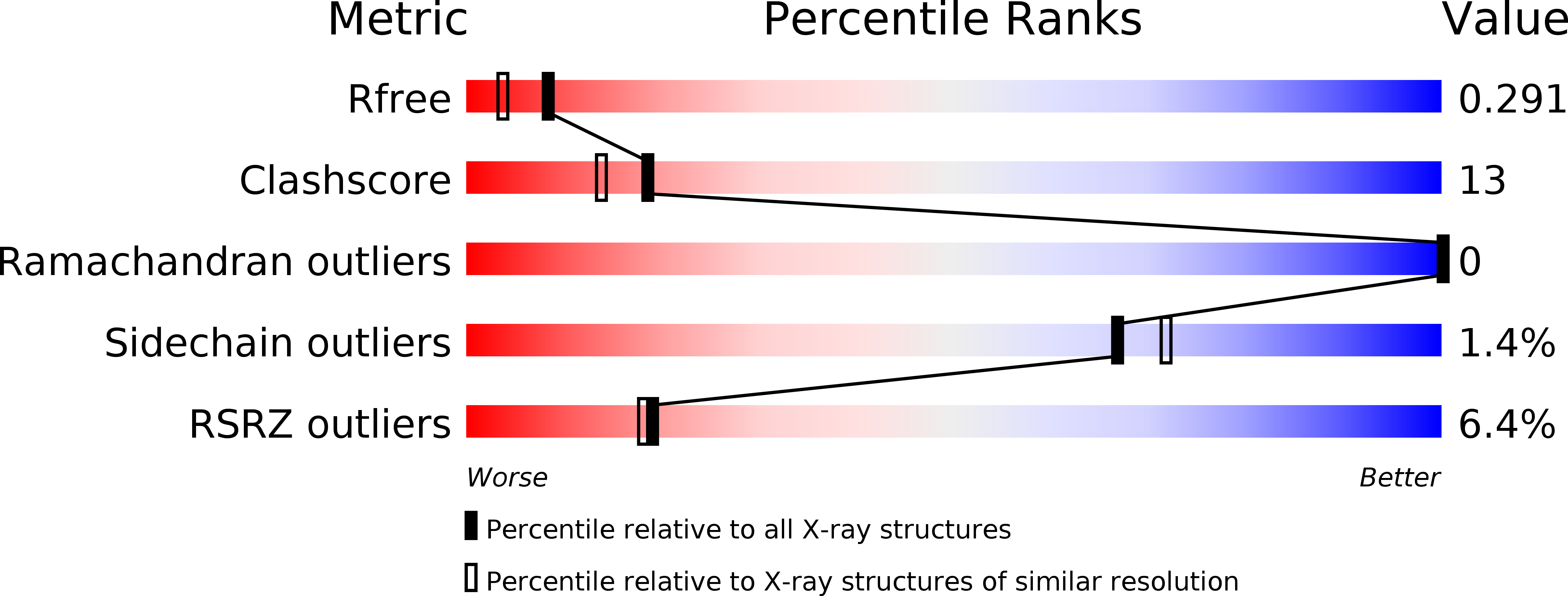
Deposition Date
2001-08-21
Release Date
2001-11-28
Last Version Date
2024-03-13
Entry Detail
PDB ID:
1JTH
Keywords:
Title:
Crystal structure and biophysical properties of a complex between the N-terminal region of SNAP25 and the SNARE region of syntaxin 1a
Biological Source:
Source Organism:
Rattus norvegicus (Taxon ID: 10116)
Host Organism:
Method Details:
Experimental Method:
Resolution:
2.00 Å
R-Value Free:
0.28
R-Value Work:
0.26
Space Group:
C 1 2 1


